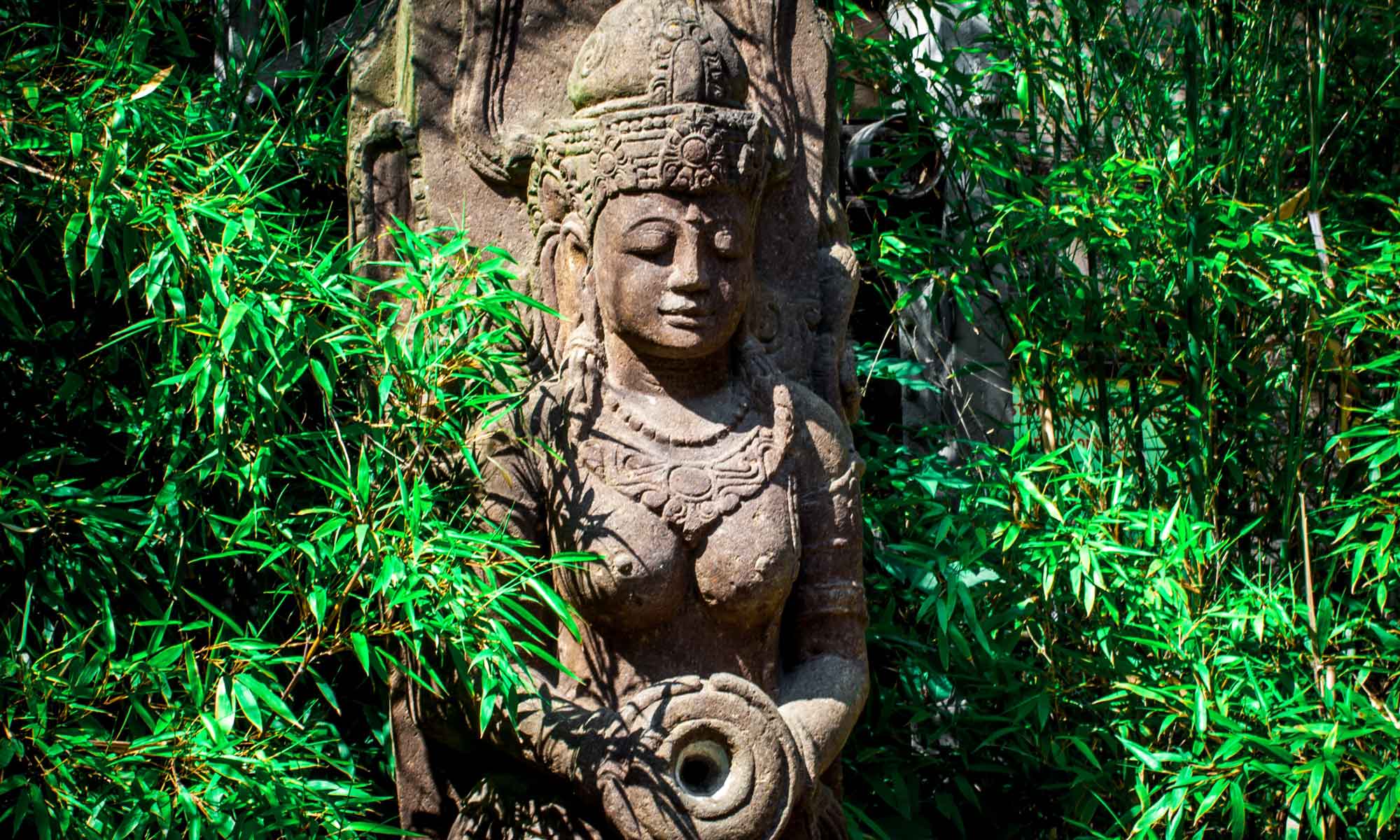“Shâmaran: The Mother Earth Goddess in the Hearts and Mountains of Kurds”
with Dilşa Deniz
Thursday, November 2, 2023 at 3 PM Eastern Time
REGISTER HERE

Shâmaran is an important figure in mythology and folklore of cultures of the Middle East, including Kurdish, Turkish, and Armenian. She is portrayed as a dual-headed creature with heads of a woman and a serpent, with a crown on each head. A version of her story appears as The Queen of the Serpents in the Thousand and One Nights. This Salon presents Dr. Deniz’ research into the ancient roots of Kurdish myth:
“This study and presentation delve deeply into a significant facet of Kurdish culture: a myth featuring a unique image, part snake and part woman, which has left an indelible mark on Kurdish heritage. After five years of extensive research, it is clear that this entity represents one of the earliest depictions of the Mother Earth Goddess, a highly revered deity whose worship extended across a wide geographical expanse.”
“In this context, my research reveals the enduring traces of her legacy, encompassing myths and cultural practices that have persisted over time within Kurdish communities. This work stands as one of the pioneering studies of its kind, providing comprehensive documentation of the Mother Earth Goddess faith within an existing culture.
“I contend that the myth supplies us with important information on the missing part of the unwritten history of Goddess worship, which is still being fervently recorded through the circulation of this myth and the image. Thus, the myth of Shaymaran can therefore be considered as a counter-philosophical narrative to post-colonial monotheistic history and philosophy, the one forged by the oppressed.”

Dr. Dilşa Deniz, a Kurdish anthropologist and visiting scholar at Harvard University Divinity School, was dismissed from her position in Turkey in 2016 for signing a peace petition. She has been a prominent activist in the women’s movement and co-founded the first two Kurdish feminist magazines in Turkey.Her research primarily focuses on gender, culture, politics, and religion within Kurdish Alevi communities, exploring topics such as sacred geography, Alevi myths, and eco-spirituality. She also investigates environmental challenges and racism faced by Kurds and Kurdish Alevis, particularly in Dersim, a significant Alevi center. Her monograph is a pioneering study of Kurdish Alevism. Her research also delves into the impact of internal colonization policies and advocates for decolonization within Kurdish Alevism. Hence, she strongly opposes the classification of Alevism as a mere sect of Islam and instead views it as an independent Iranian/Arianic religion.
With a Ph.D. in Social Anthropology, Dilşa has authored numerous articles, book chapters, and books; her book on Shâmaran is forthcoming.
~~~~~~~~~~~~~~~~~~~~~~~~~~~~~
Save the date for this upcoming ASWM Salon:
Thursday November 16 at 3 PM Eastern Time
“The Legacy and Art of Lydia Ruyle”
with Katie Hoffner
Following a break, Salons will begin again on January 11, 2024.

The Salon recording will also be available to members after the event.















You must be logged in to post a comment.